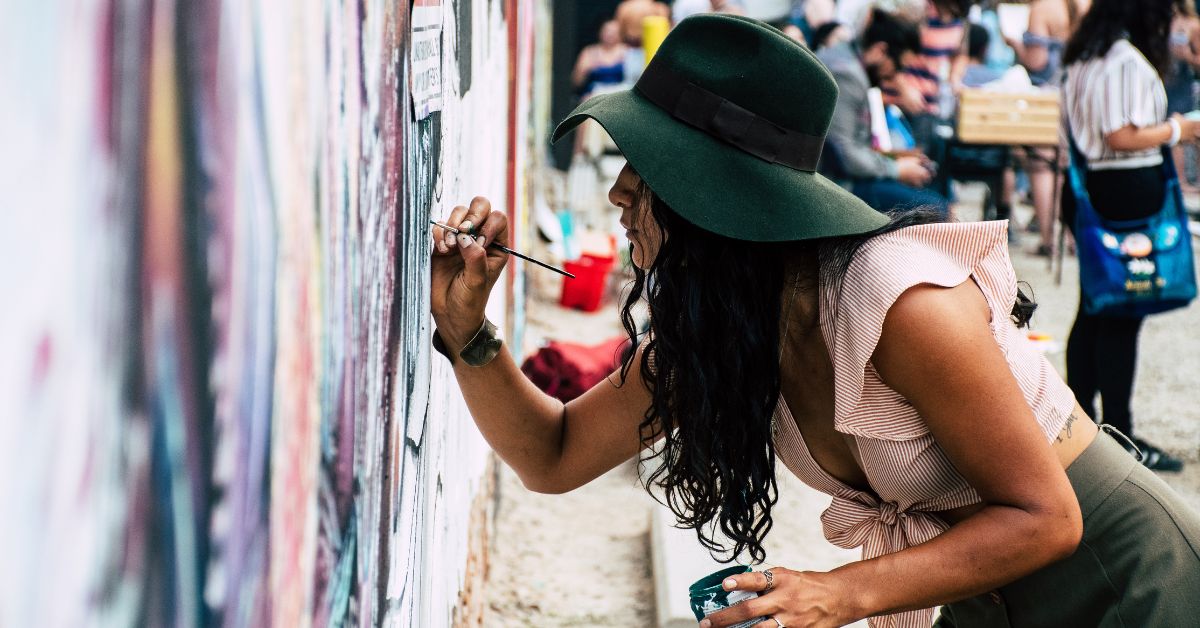Introduction to Fashionable Mobility Aids
Mobility aids have historically been viewed as purely functional devices, essential for those who need support in their daily movement. However, the landscape is changing. Today, mobility aids are not just about utility; they are evolving into fashion-forward accessories that reflect personal style and individuality. This shift is not just about aesthetics; it represents a broader cultural change towards inclusivity and empowerment. In this guide, we explore how mobility aids are becoming stylish statements and the impact this has on users’ lives.
The Rise of Stylish Walkers and Canes
Walkers and canes have undergone a significant transformation in recent years. No longer confined to the realm of medical necessity, these aids are now designed with style in mind. Manufacturers have begun to offer a variety of colors, patterns, and materials, allowing users to choose devices that complement their personal style. This trend is supported by the growing demand for products that do not just serve a function but also make a fashion statement.
Stylish walkers and canes often feature sleek lines and ergonomic designs, ensuring they are both comfortable and visually appealing. Some models even incorporate technology, such as LED lights or built-in seats, enhancing their functionality while maintaining a chic appearance. This evolution reflects a broader trend in the industry towards creating products that enhance the user’s quality of life beyond mere mobility.
By offering a range of stylish options, the mobility aid market is helping to break down stigmas associated with these devices. Users can now express their personality and taste through their choice of mobility aid, making them feel more confident and empowered in their daily lives.
Custom Mobility Device Design: A Personalized Approach
Customization is at the heart of the movement towards fashionable mobility aids. Many users seek devices that not only meet their functional needs but also reflect their unique identity. Custom design services offer the opportunity to tailor mobility aids to individual preferences, from selecting specific colors and finishes to incorporating personal motifs or engravings.
Custom mobility devices are particularly popular among younger users and those with specific aesthetic preferences. This personalization allows individuals to feel more connected to their aids, transforming them from mere tools into extensions of their personal style. Additionally, custom designs can address specific ergonomic needs, ensuring that the device provides optimal support and comfort.
By embracing customization, the mobility aid industry is fostering a sense of ownership and pride among users. This personalized approach not only enhances the functionality of the aids but also contributes to a more positive perception of mobility devices in society.
Impact of Fashionable Mobility Aids on Users
The shift towards fashionable mobility aids has a profound impact on users’ lives. By offering stylish and personalized options, these devices help to reduce the stigma often associated with mobility aids. Users report feeling more confident and less self-conscious when using aids that reflect their personal style.
Moreover, fashionable mobility aids can improve social interactions. When a mobility device is seen as a stylish accessory, it becomes a conversation starter rather than a symbol of limitation. This can lead to more positive social experiences and greater acceptance from peers.
The psychological benefits of using a mobility aid that aligns with one’s personal style cannot be understated. Feeling good about one’s appearance can boost self-esteem and overall mental well-being, contributing to a higher quality of life.
Conclusion: Embracing Style and Functionality
The evolution of mobility aids into stylish and customizable accessories marks a significant cultural shift towards inclusivity and empowerment. By offering products that are both functional and fashionable, the industry is helping to redefine perceptions of mobility devices. This change not only enhances the lives of users by allowing them to express their individuality but also promotes a more positive societal view of mobility aids.
As the demand for fashionable mobility aids continues to grow, we can expect to see even more innovative designs and customization options in the future. This trend is a testament to the power of design in transforming lives and breaking down barriers, proving that mobility aids can indeed be both practical and stylish.










